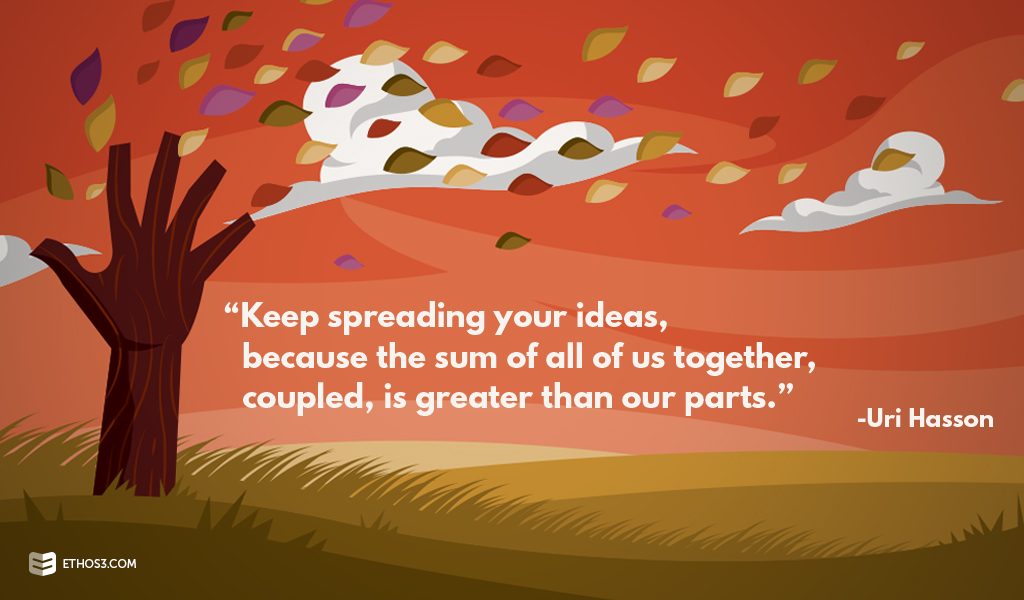We are fascinated by the neuroscience of communication, both as a way to better help our clients, and just because it’s just awesome. That’s why Uri Hasson, an associate professor in the Department of Psychology and the Neuroscience Institute at Princeton, made our dreams come true with his recent TED talk.
Want to learn how the brain processes incoming language? Wonder no more! Check out the TED talk, and then we’ll dive into a few of our favorite takeaways and how they can affect your next presentation:
Takeaway 1: The invisible cord, AKA “coupling”
Hasson does an excellent job of using visuals and props to explain the change that happens within both the speaker’s and audience’s brain when a story is told. The reveal from the example story, the aligned brain waves, is almost spooky. You can see how neural entertainment affects a group in such a unique way. If all speakers understood and appreciated the impact they had on listeners, how would they shape their message? Coupling provides a deeper meaning to the word “listening,” giving talks neurological significance and helping storytellers understand an appreciate their own power. In short, when you tell a story, it matters.
Takeaway 2: Communication needs common ground
“This alignment depends not only on our ability to understand the basic concept; it also depends on our ability to develop common ground and understanding and shared belief systems.” -Uri Hasson
Using the example of the British word “hackney carriage” versus “cab,” Hasson makes an interesting point about the language speakers must use to connect to their audience. While we’ve always touted the importance of eliminating jargon and speaking to your specific audience, neuroscience finally backs this up by showing how alignment is improved with common ground. How can you more effectively address your audience? What language should you be using in order to best meet their needs?
Takeaway 3: The warning
There is a call to action as part of this educational talk, although it doesn’t have a neon sign pointing to it. Because communication requires a common ground, Hasson warns that having limited access to different perspectives diminishes our own understanding of others. In this case, he describes “strong media channels” as a potential problem. For speakers and for audience members, how can you expand the things you consume? How can you also expand the circle of people you converse with to gain a new perspective and thus a better understanding of the world around you?

When we talk about communicating with others or theorize about storytelling and the importance of words, it’s easy for it to sound like “all talk.” But neuroscience backs many of the principles we tout as experts in the field, which is why we love Uri Hasson’s talk from start to finish. How will you change the way you speak, especially after learning about your own impact on others?
Want to learn more about the neuroscience of communication? Check out these related articles on our blog!
The Neuroscience of Storytelling
